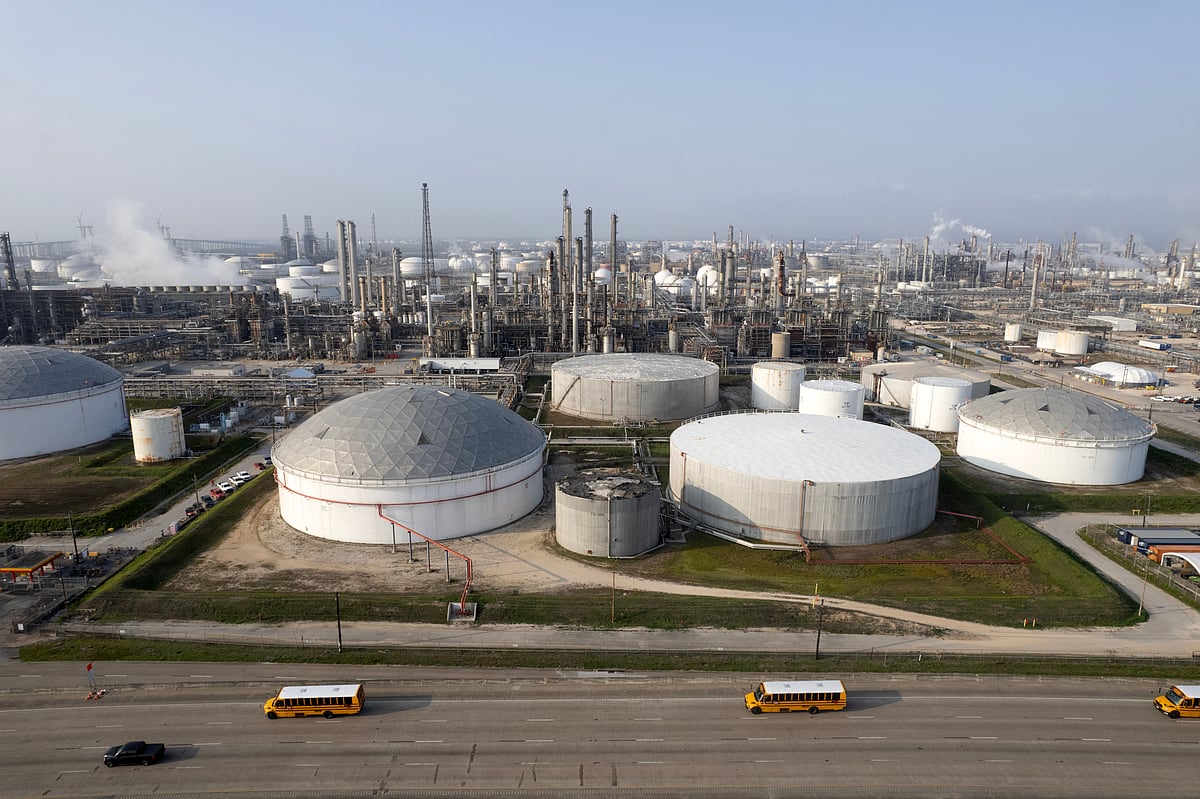Oil prices are experiencing significant declines, with Brent crude dropping below $61 per barrel, marking a 3.1% decrease. This slump comes amid a deepening trade war that poses a substantial threat to global energy demand. As the situation escalates, West Texas Intermediate (WTI) has also seen losses for five consecutive days, triggering widespread concerns about the economic outlook.
Impact of Trade Tensions on Oil Prices
The ongoing trade disputes, particularly between the United States and China, have created a ripple effect across the commodities market. While the White House expressed a willingness to negotiate with certain trade partners, the retaliatory measures against China, the world’s largest crude importer, have raised fears of a potential recession.
- Oil prices are down nearly 20% this year due to these trade tensions.
- President Trump’s tariffs, aimed at around 60 trading partners, are set to take effect soon, with the most significant impact felt from increased duties on Chinese imports.
OPEC+ Decisions Fuel Concerns
Compounding the situation, OPEC+ has expedited the relaxation of supply restrictions, raising alarms that oil production may outpace demand. Industry experts have voiced concerns regarding the broader economic implications, particularly as the market reacts to the ongoing tariff battles.
Warren Patterson, the commodities strategy head at ING Groep NV in Singapore, noted, “The escalation of tariffs is dampening the global growth outlook, which poses further risks to oil demand.” The uncertainty surrounding trade relations continues to weigh heavily on market sentiment.
Future Price Predictions
Looking ahead, market analysts are cautiously optimistic. Robert Rennie, who leads commodity and carbon research at Westpac Banking Corp, indicated that as long as China refrains from imposing additional counter-tariffs, Brent crude might stabilize above the $60 mark. However, further retaliatory measures could drive prices down even more.
Market indicators suggest that conditions are rapidly changing. The price spread between Brent crude for December and its 2026 counterpart has shifted into contango—a bearish sign where shorter-term contracts are priced lower than those further out.
Inflation and Consumer Impact
While the tariffs could lead to increased inflation by raising consumer good prices, the plummeting oil prices, along with declines in related products like diesel, may help mitigate these effects. As of April, US gasoline futures have declined by approximately 15%, providing some relief to consumers amid rising costs elsewhere.
Latest Price Metrics
As of 8:30 a.m. in Singapore:
- Brent crude for June delivery fell 2.8%, settling at $61.05 per barrel.
- WTI for May delivery decreased by 3.4%, reaching $57.57 per barrel.
In summary, the intersection of trade tensions, OPEC+ policies, and shifting market dynamics continues to shape the future of oil prices, leaving investors and consumers alike with a cautious outlook.











